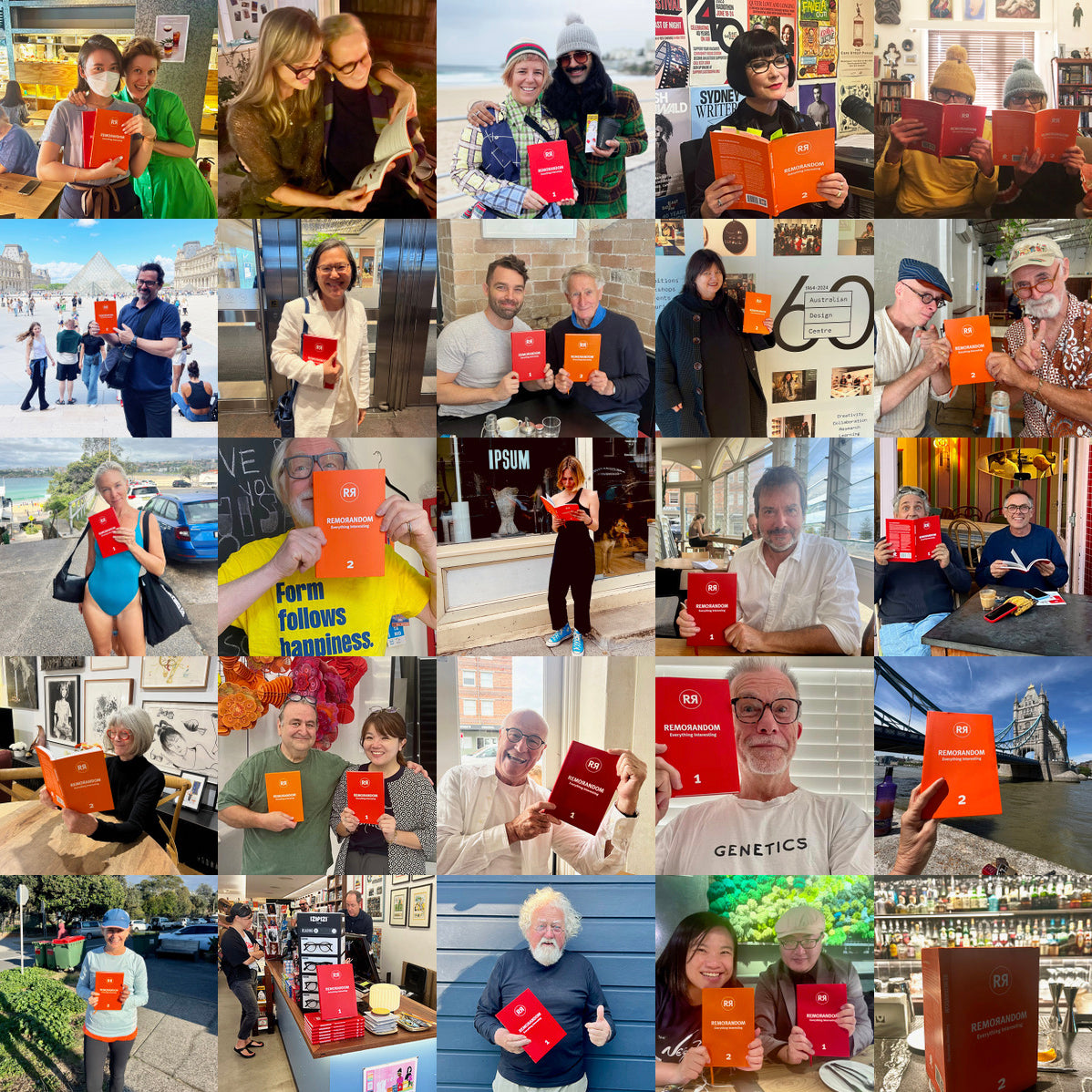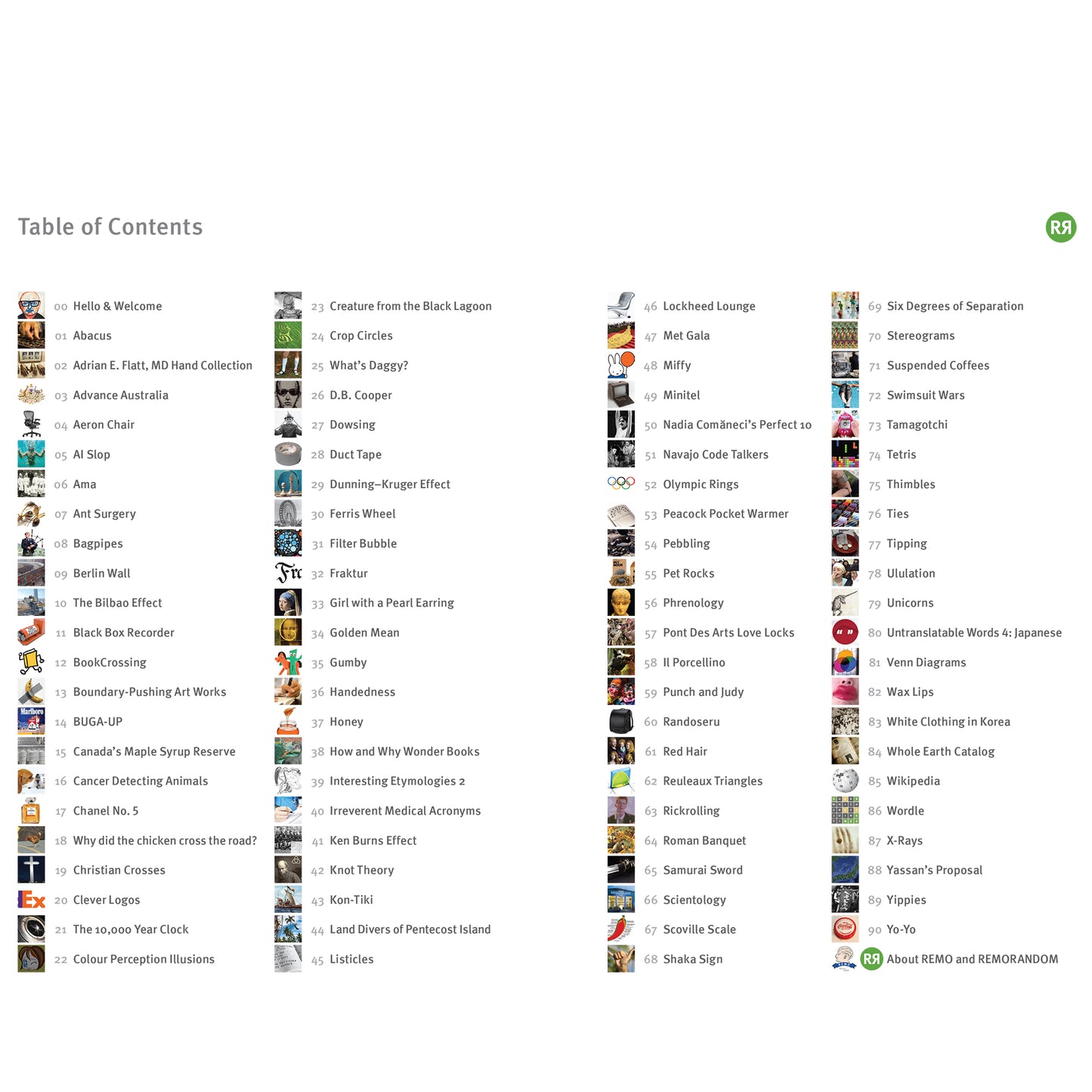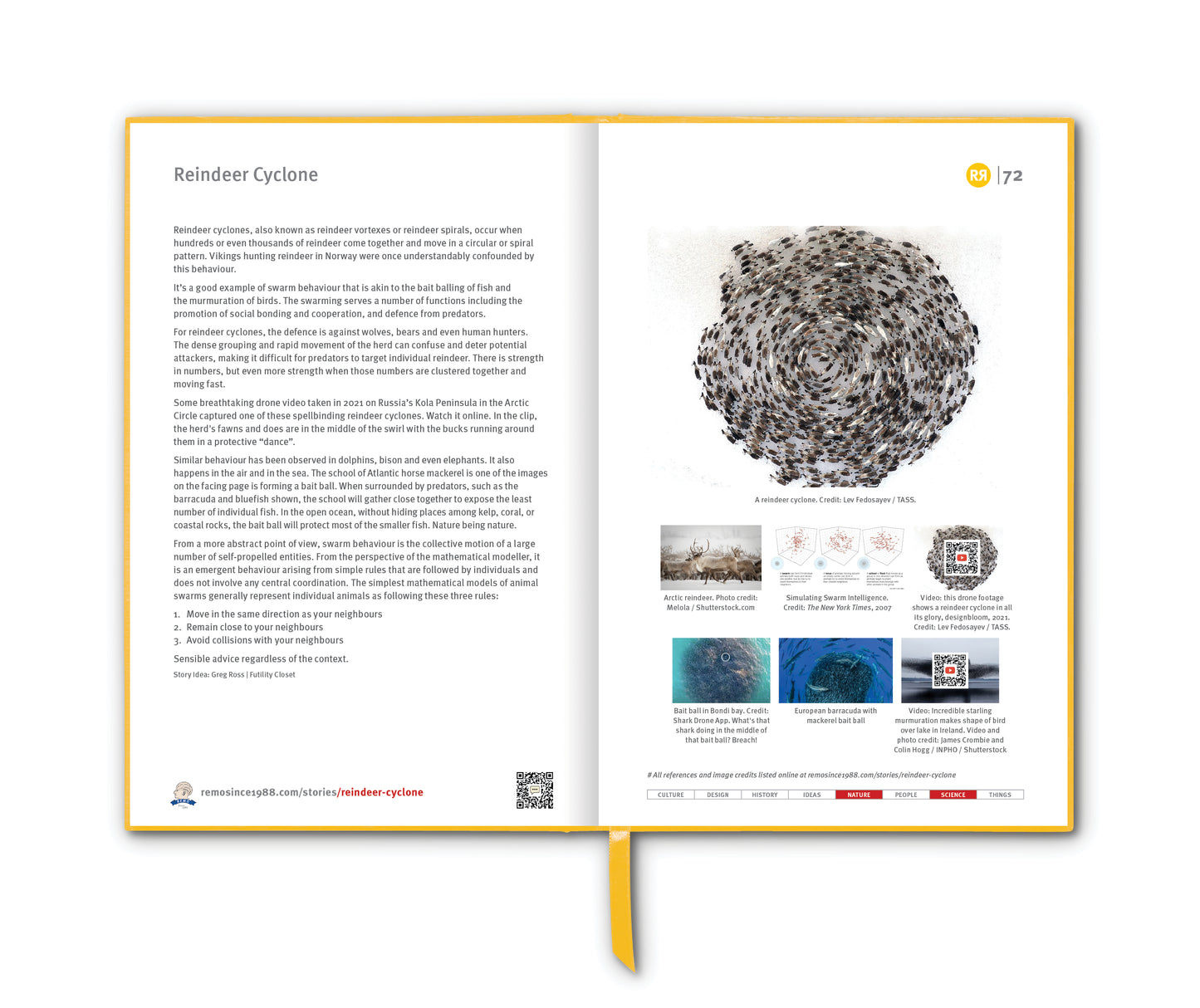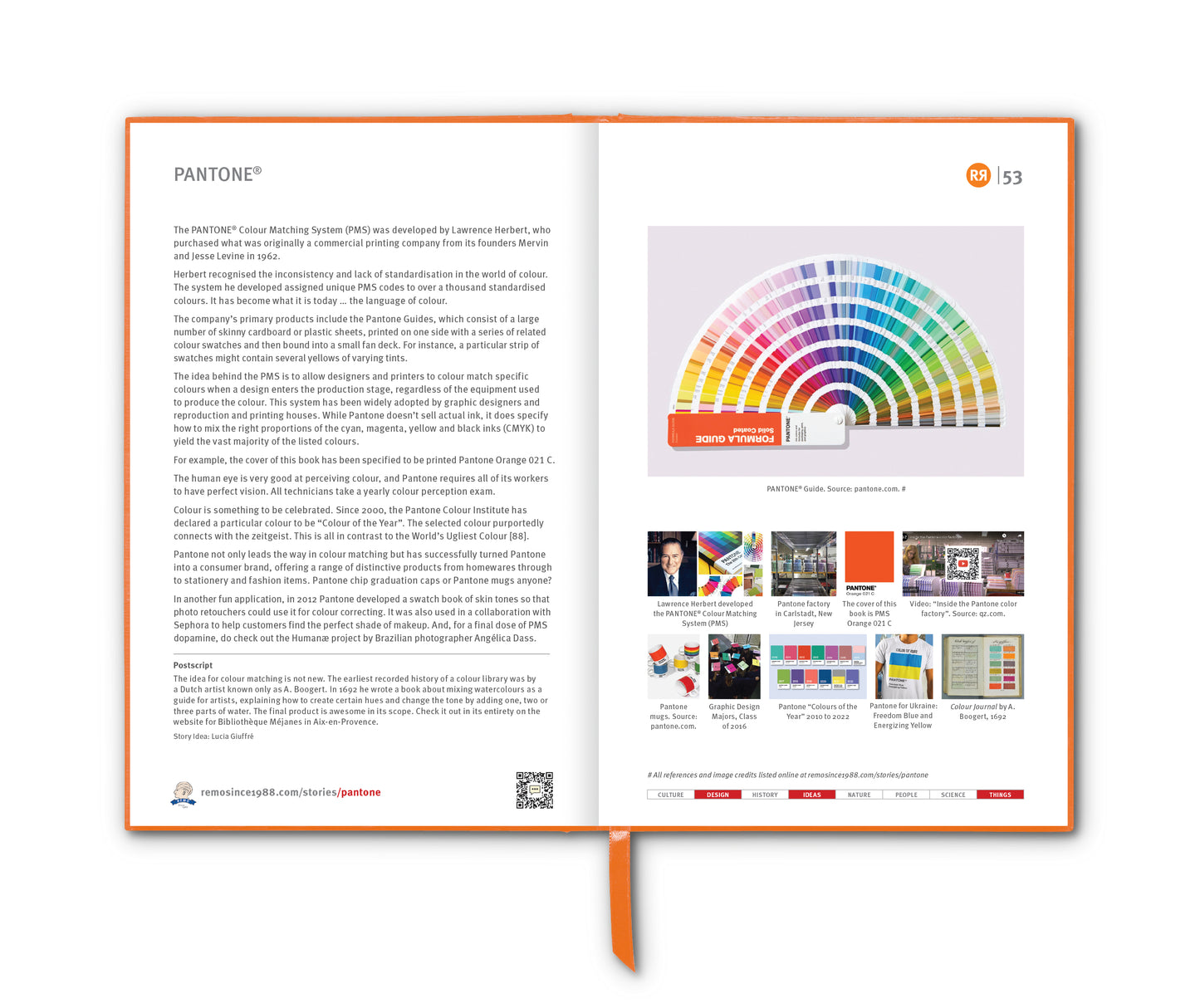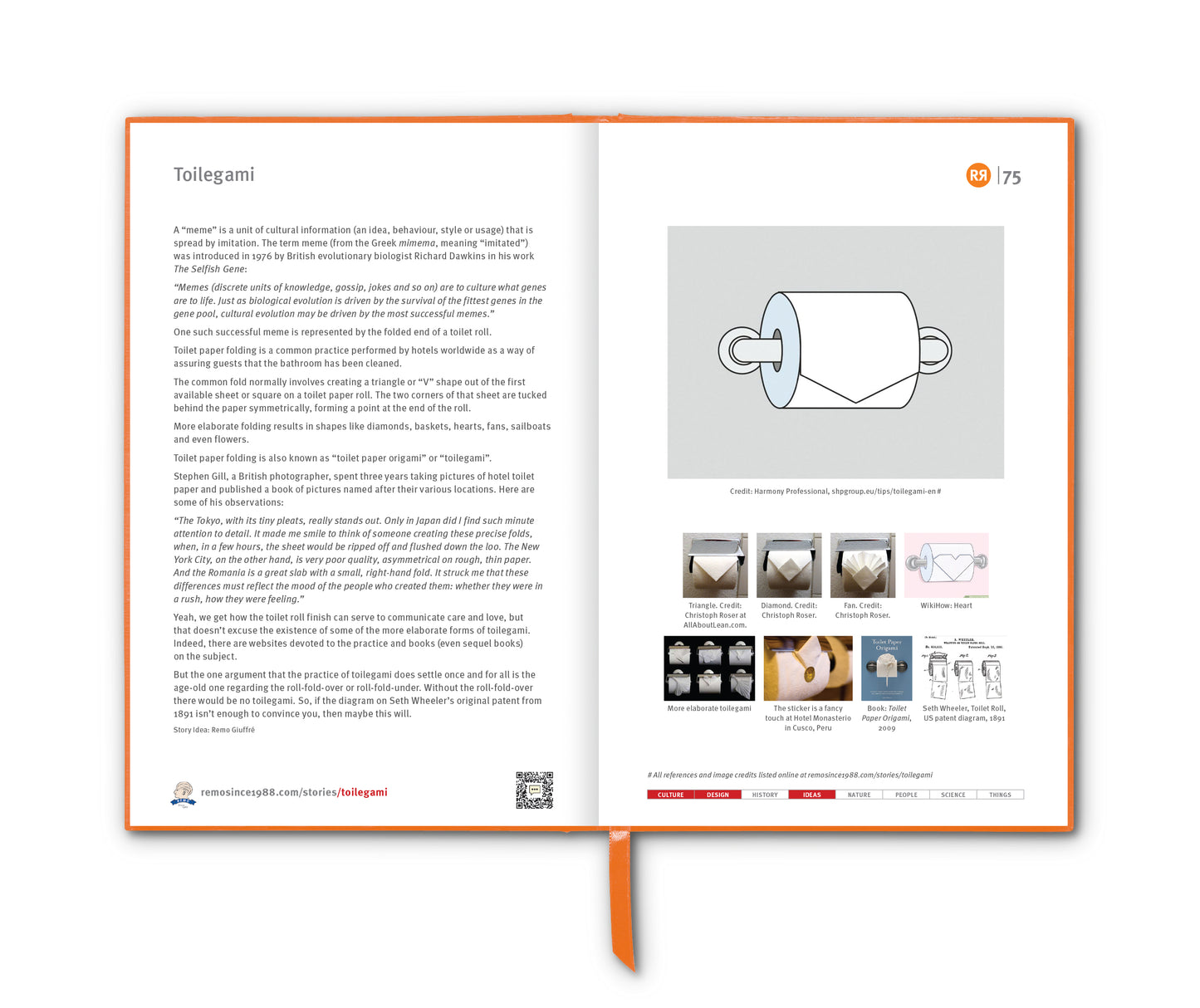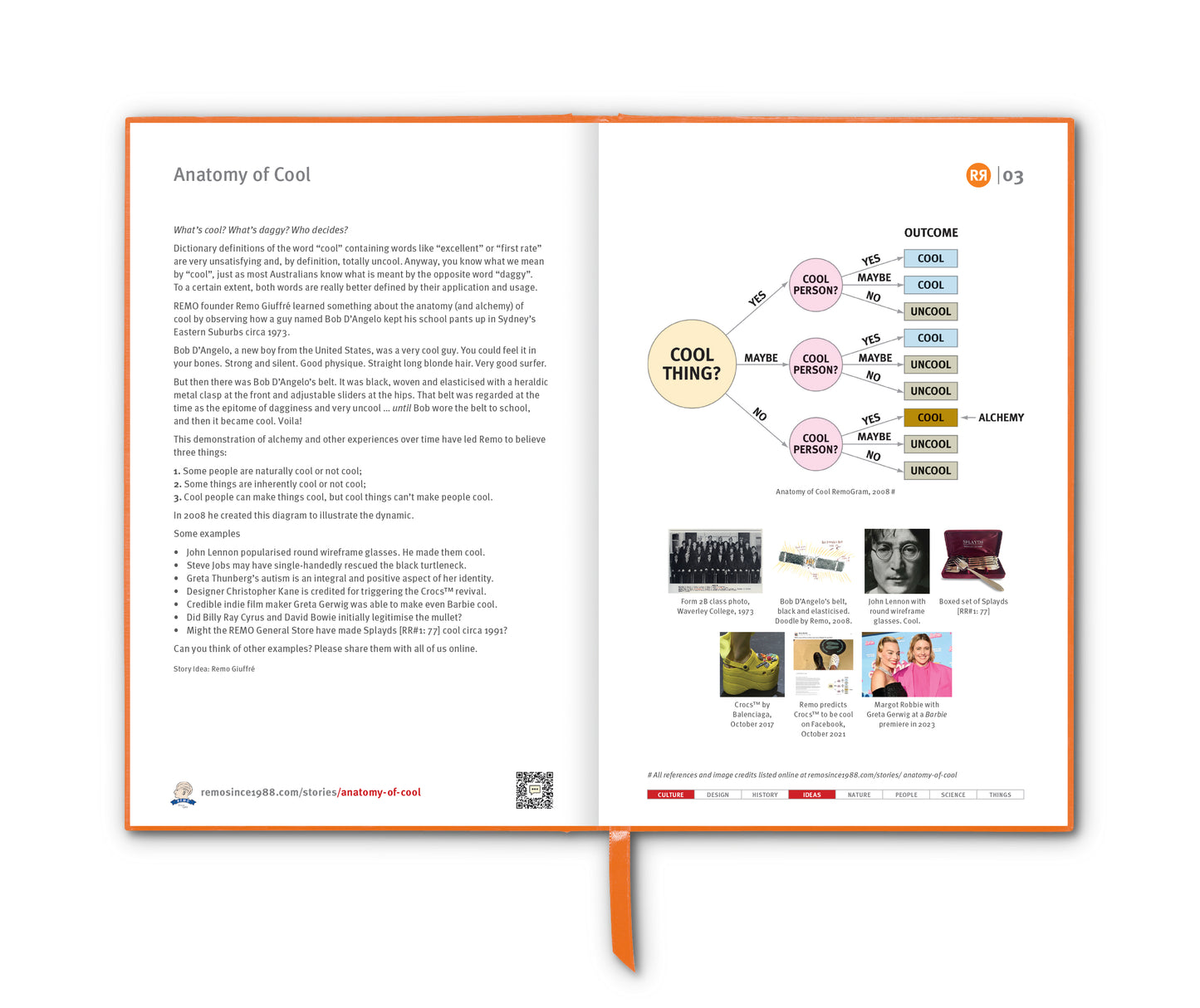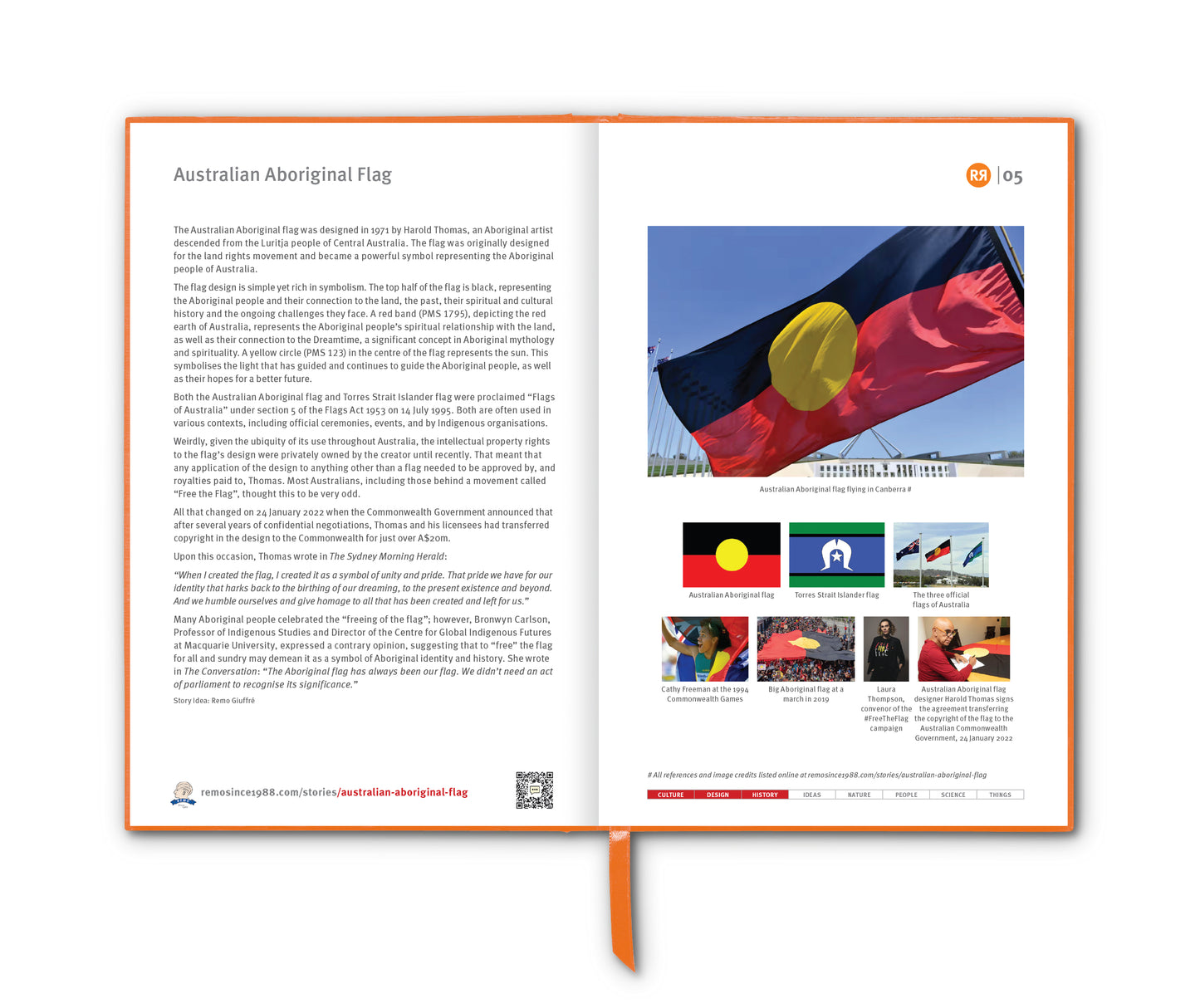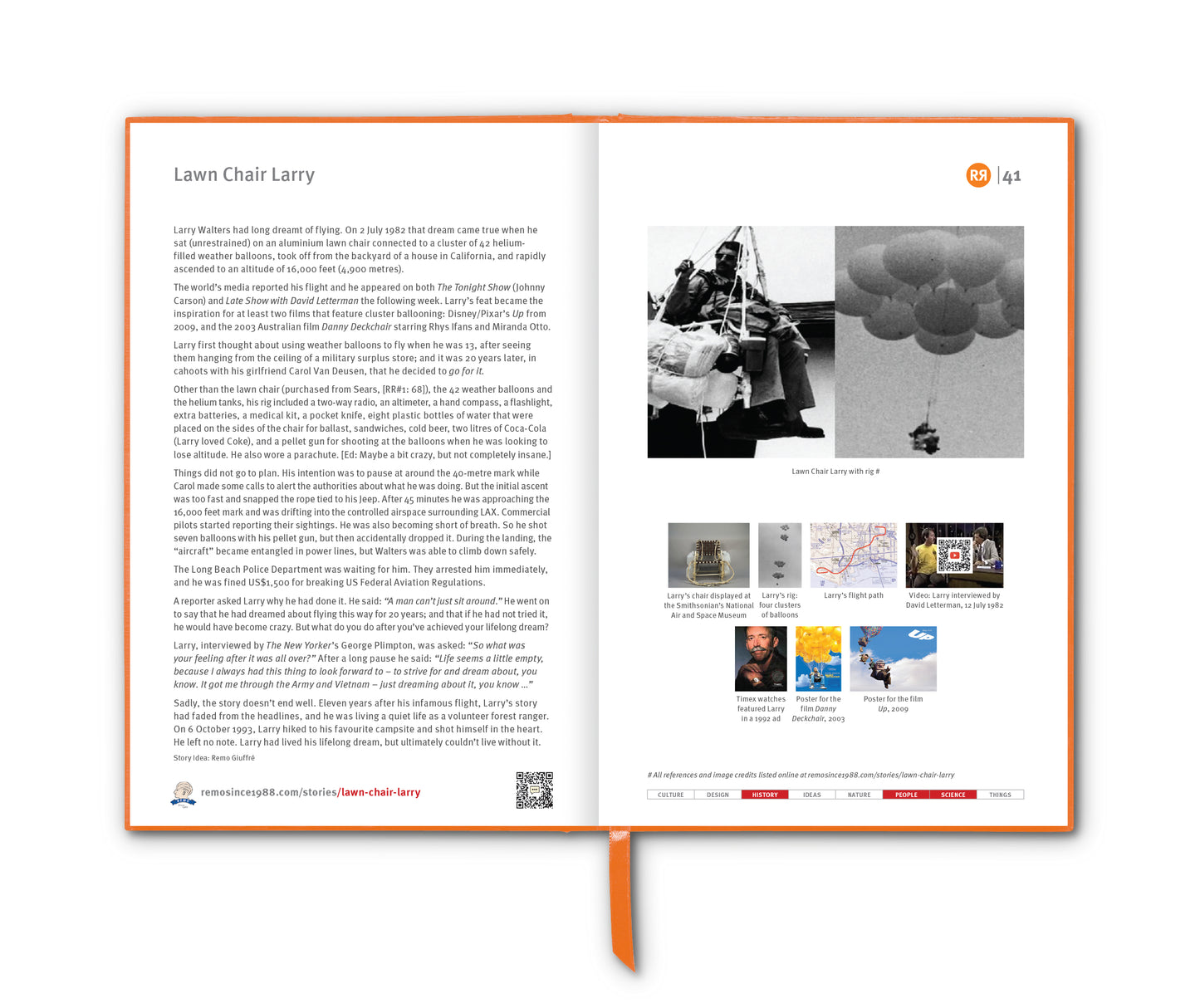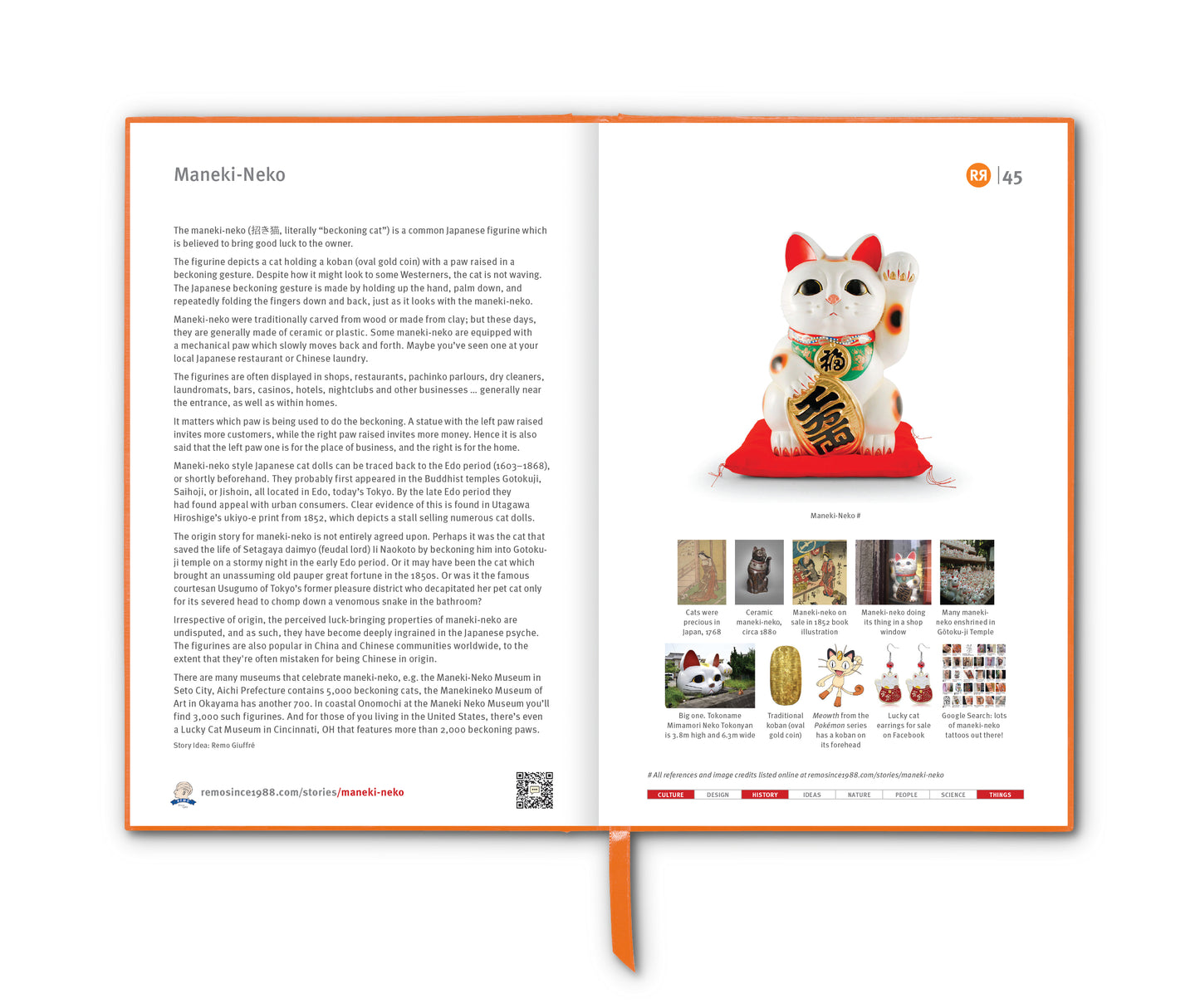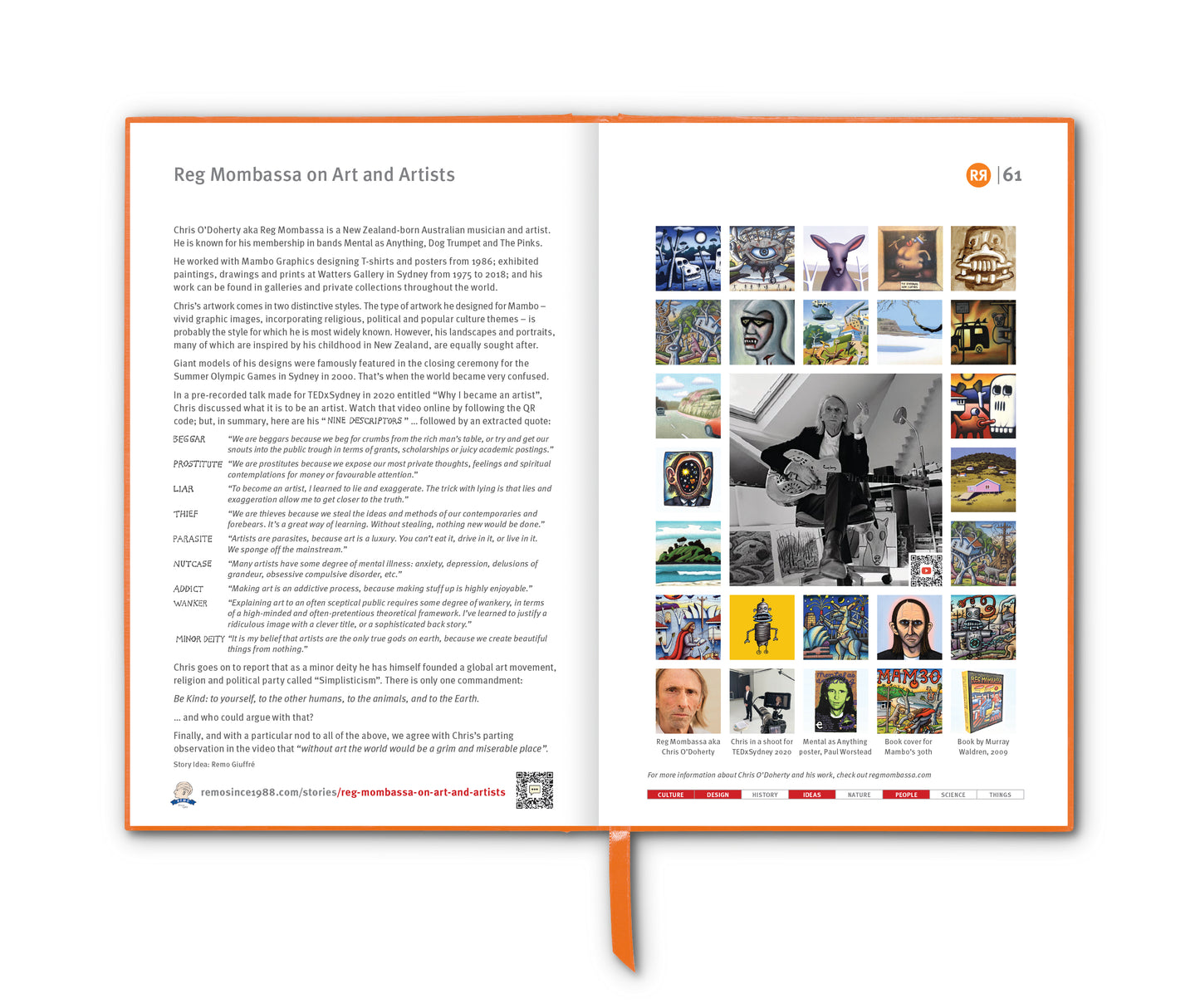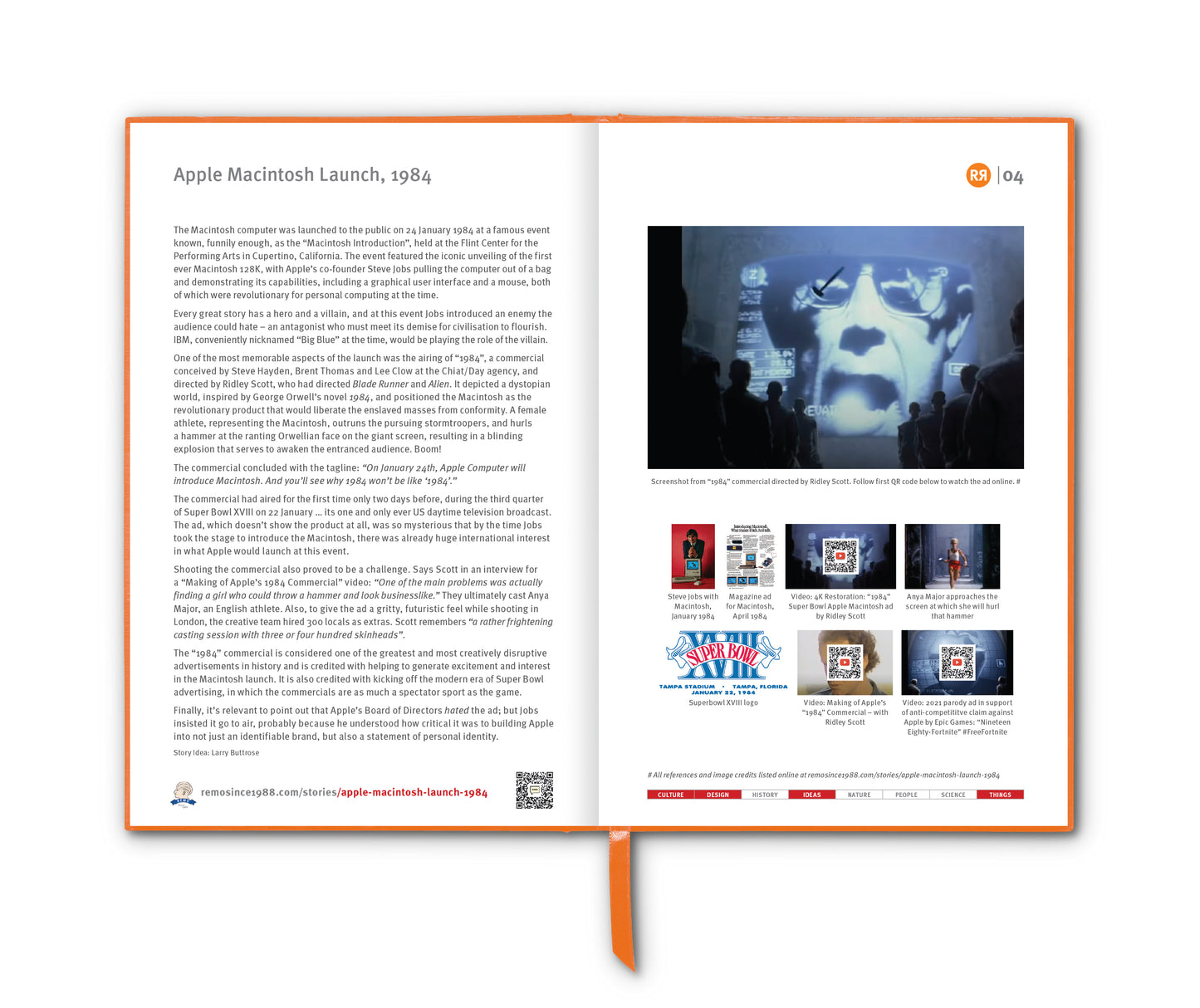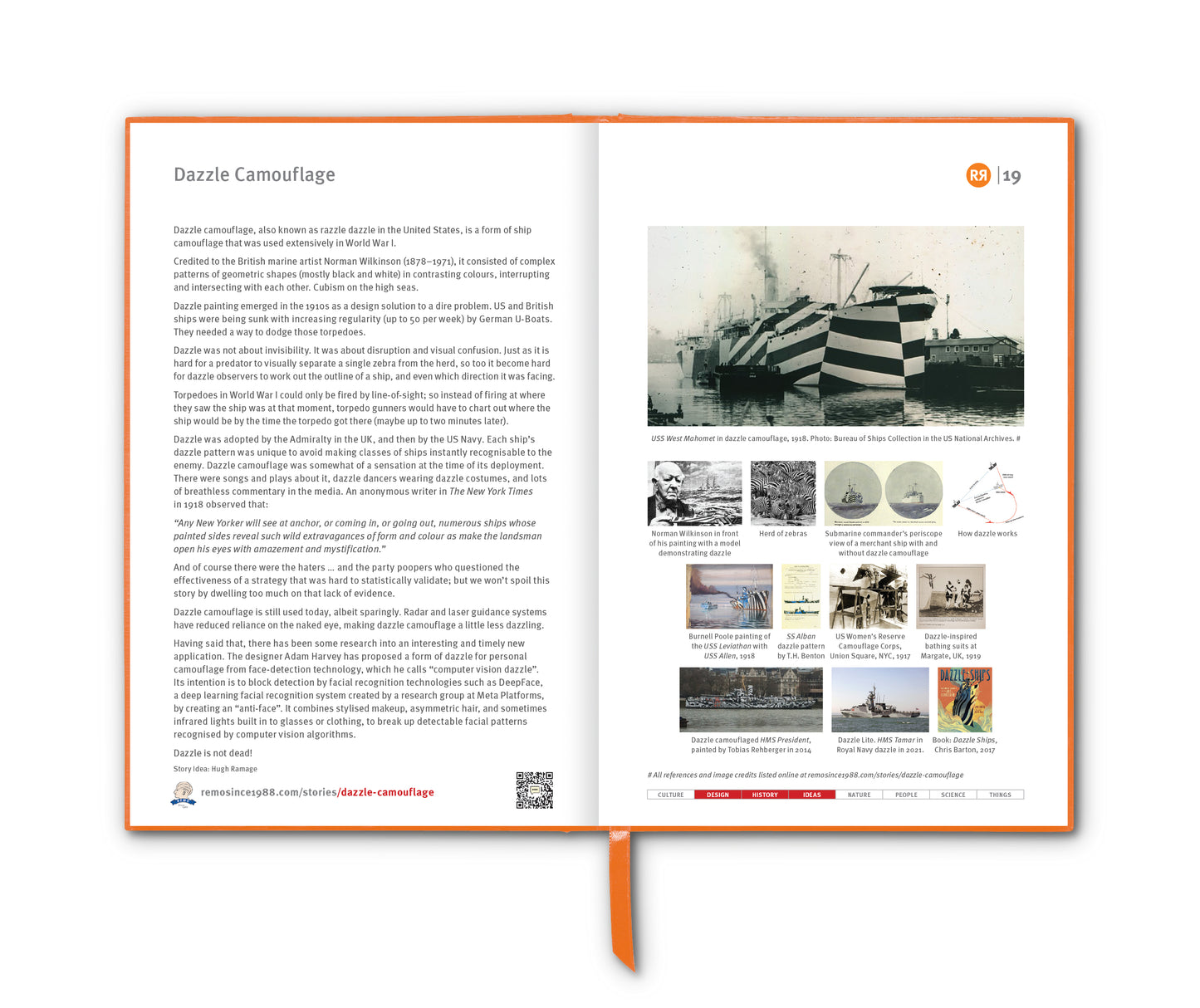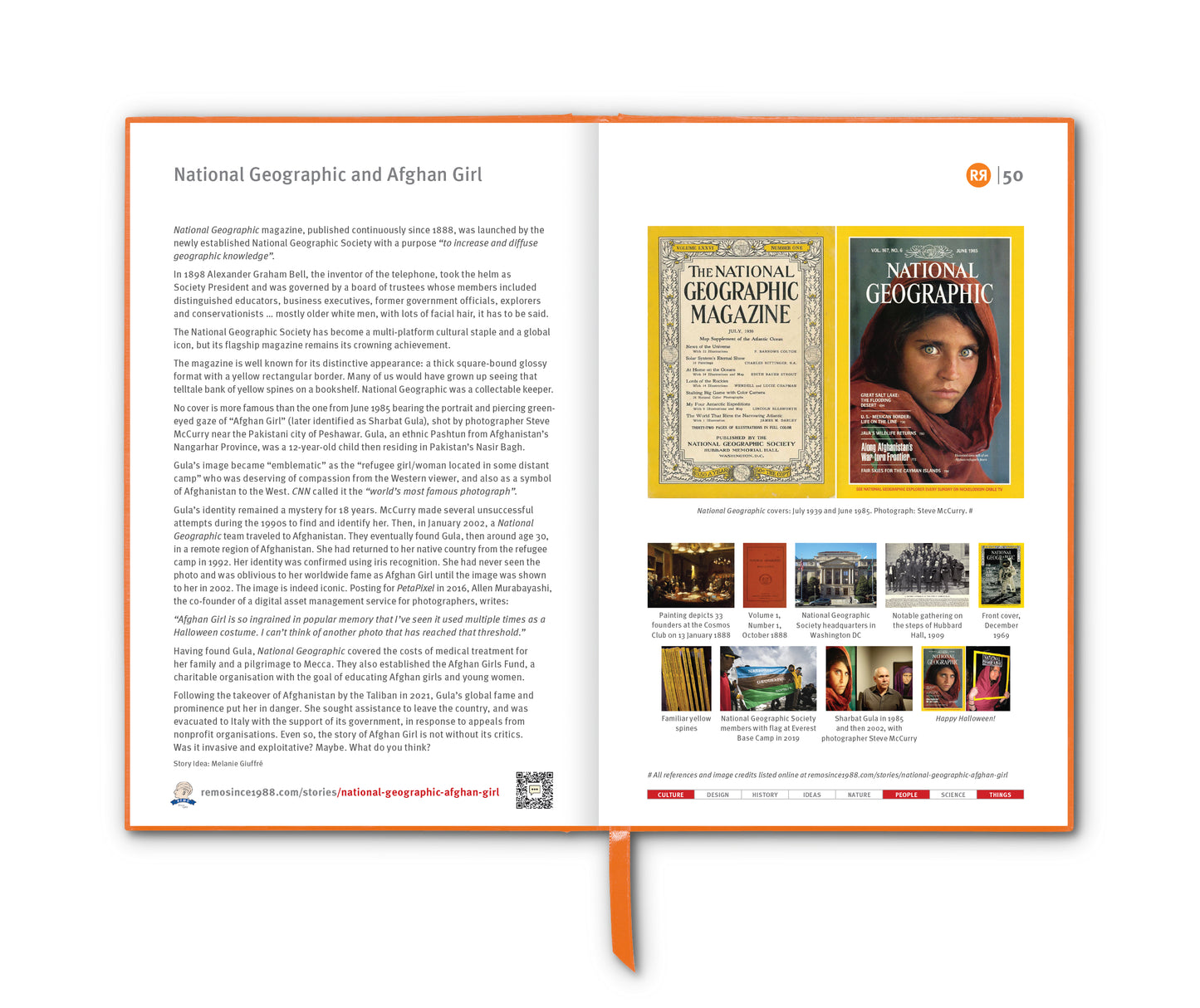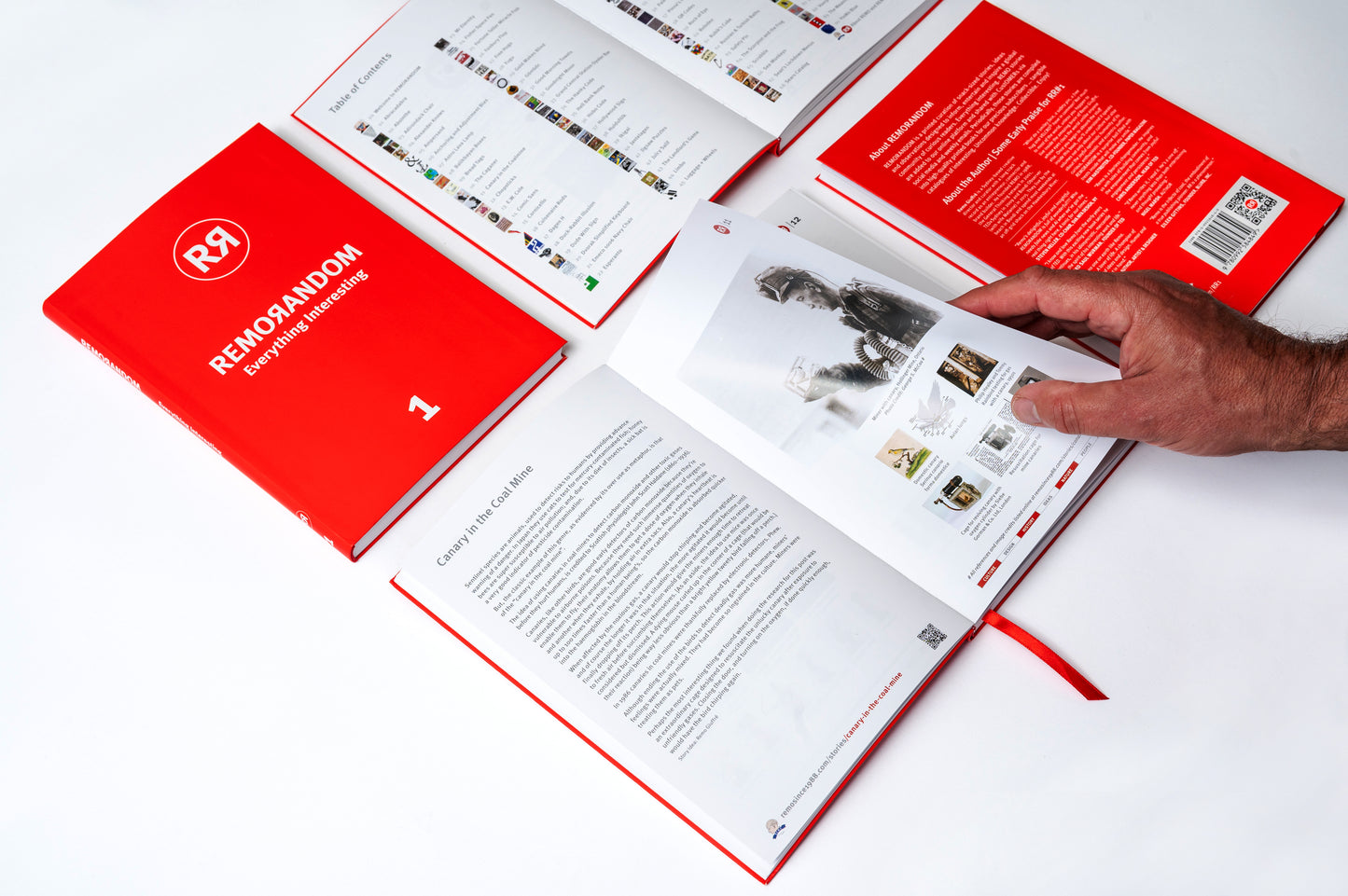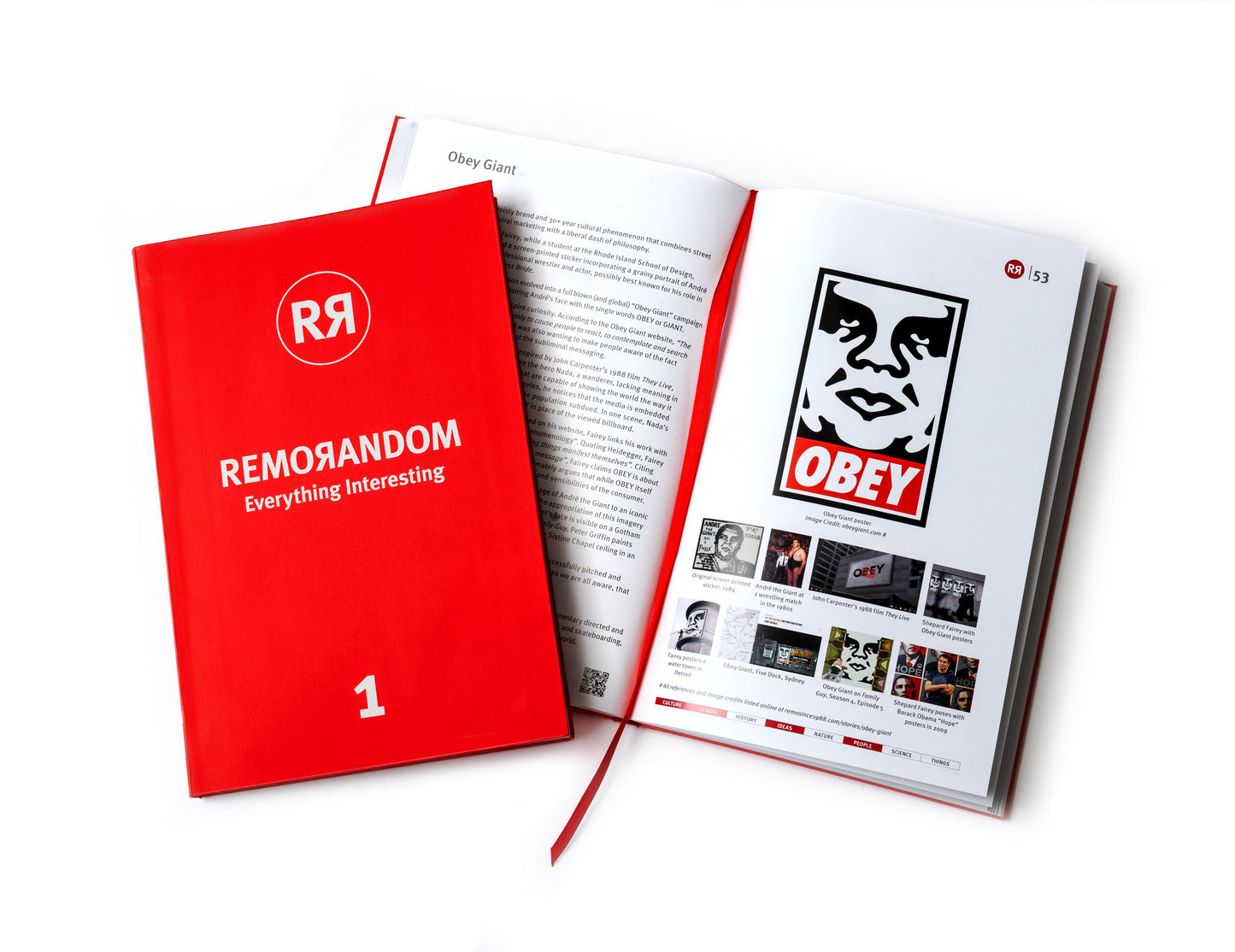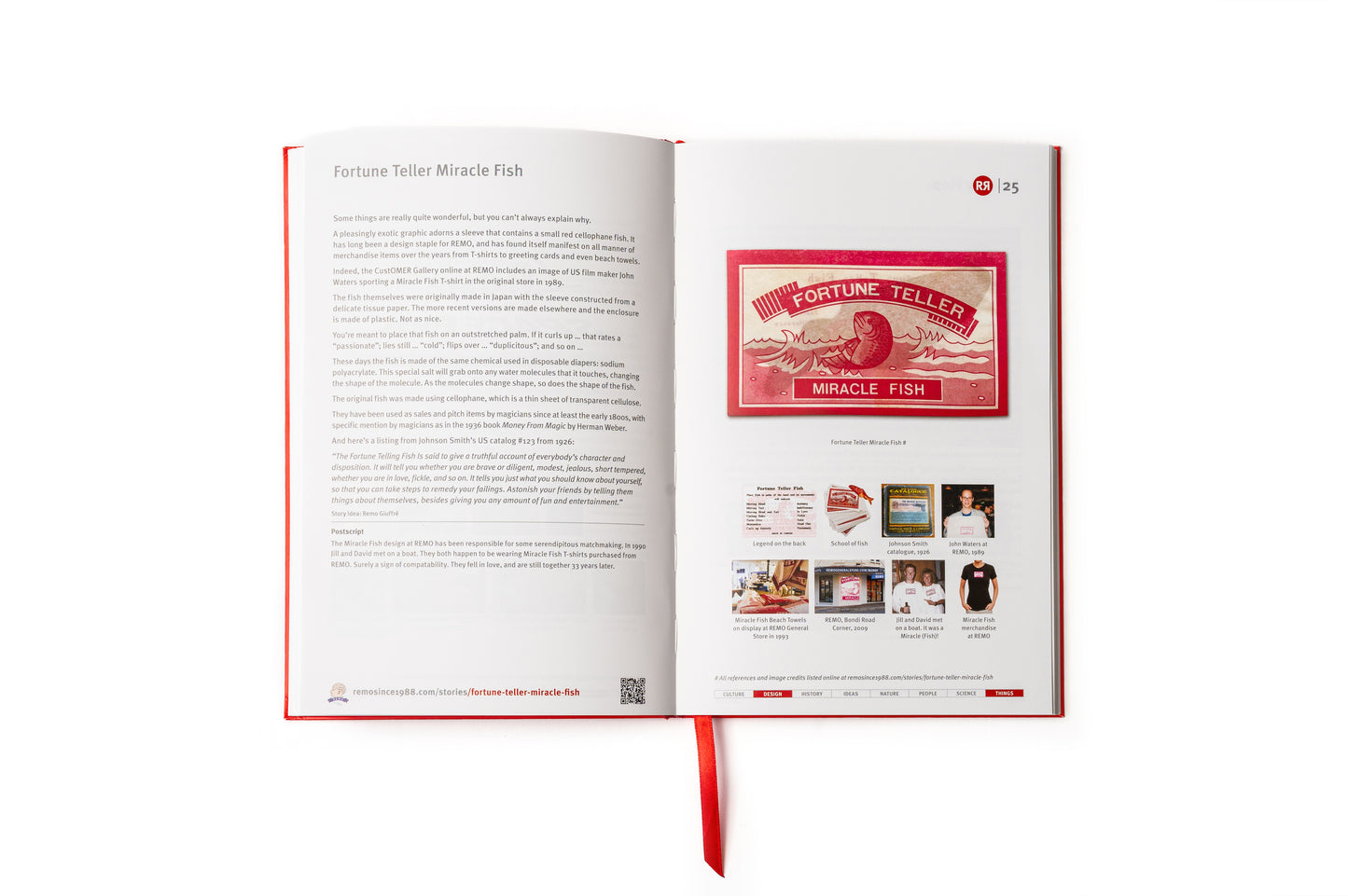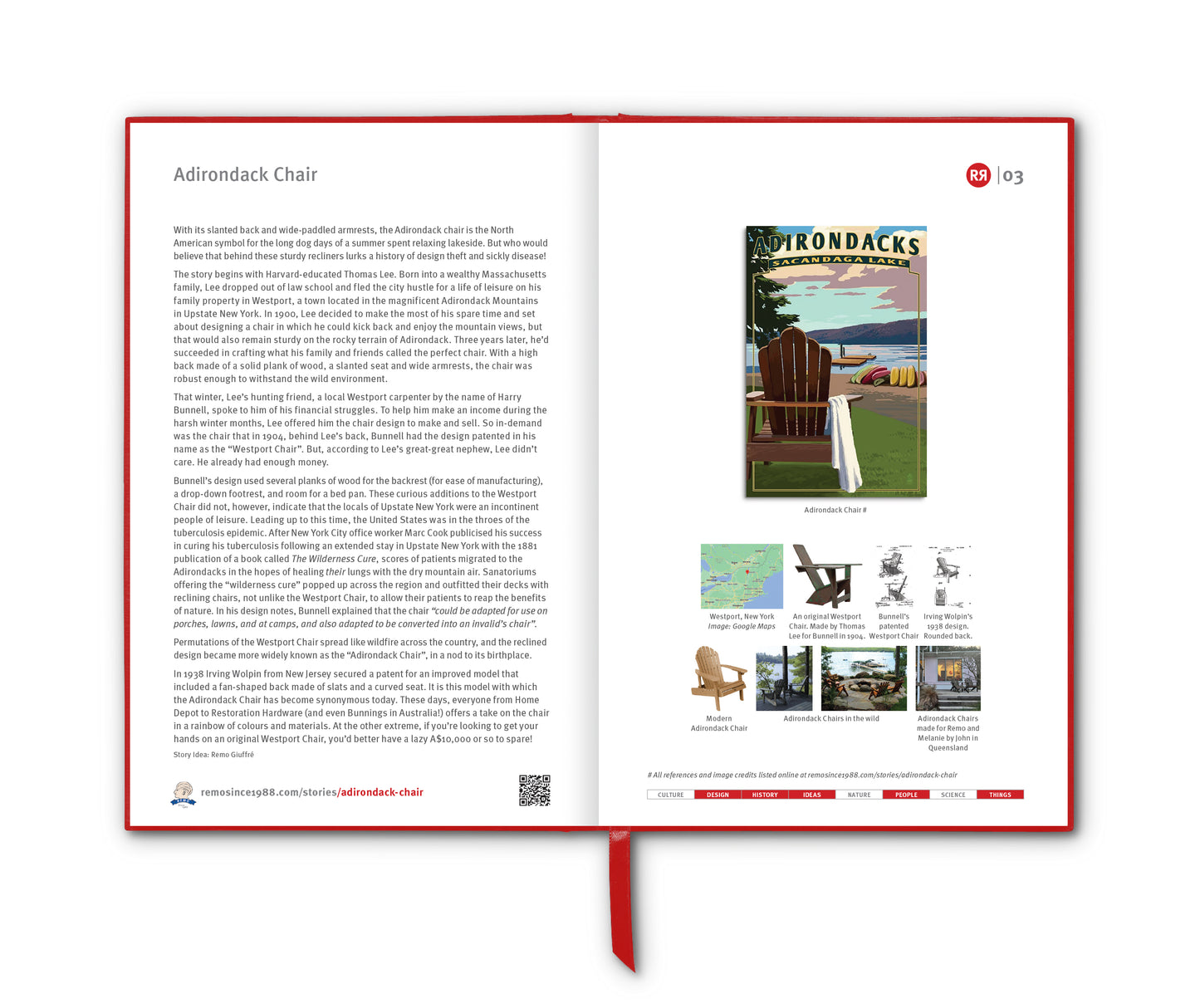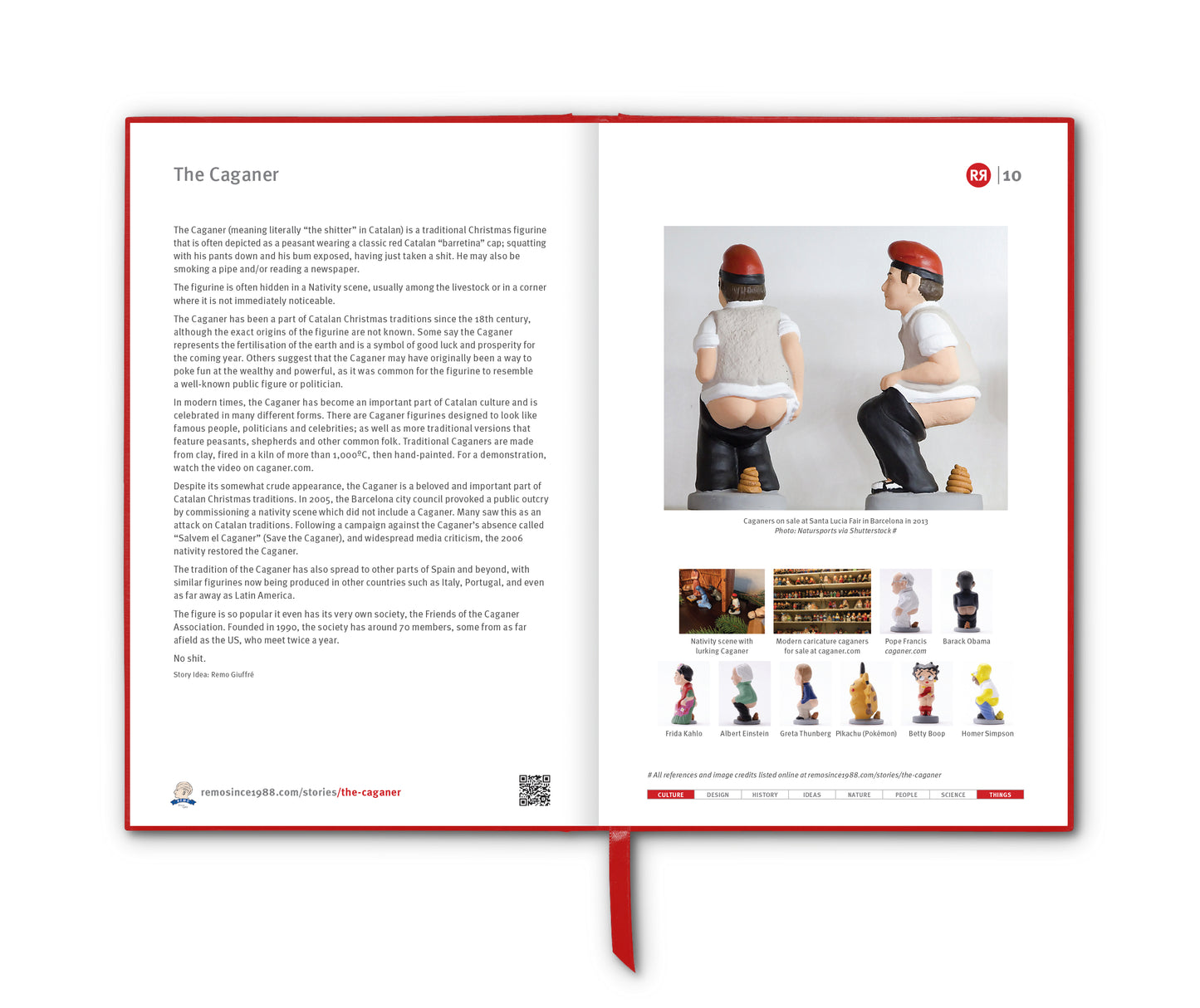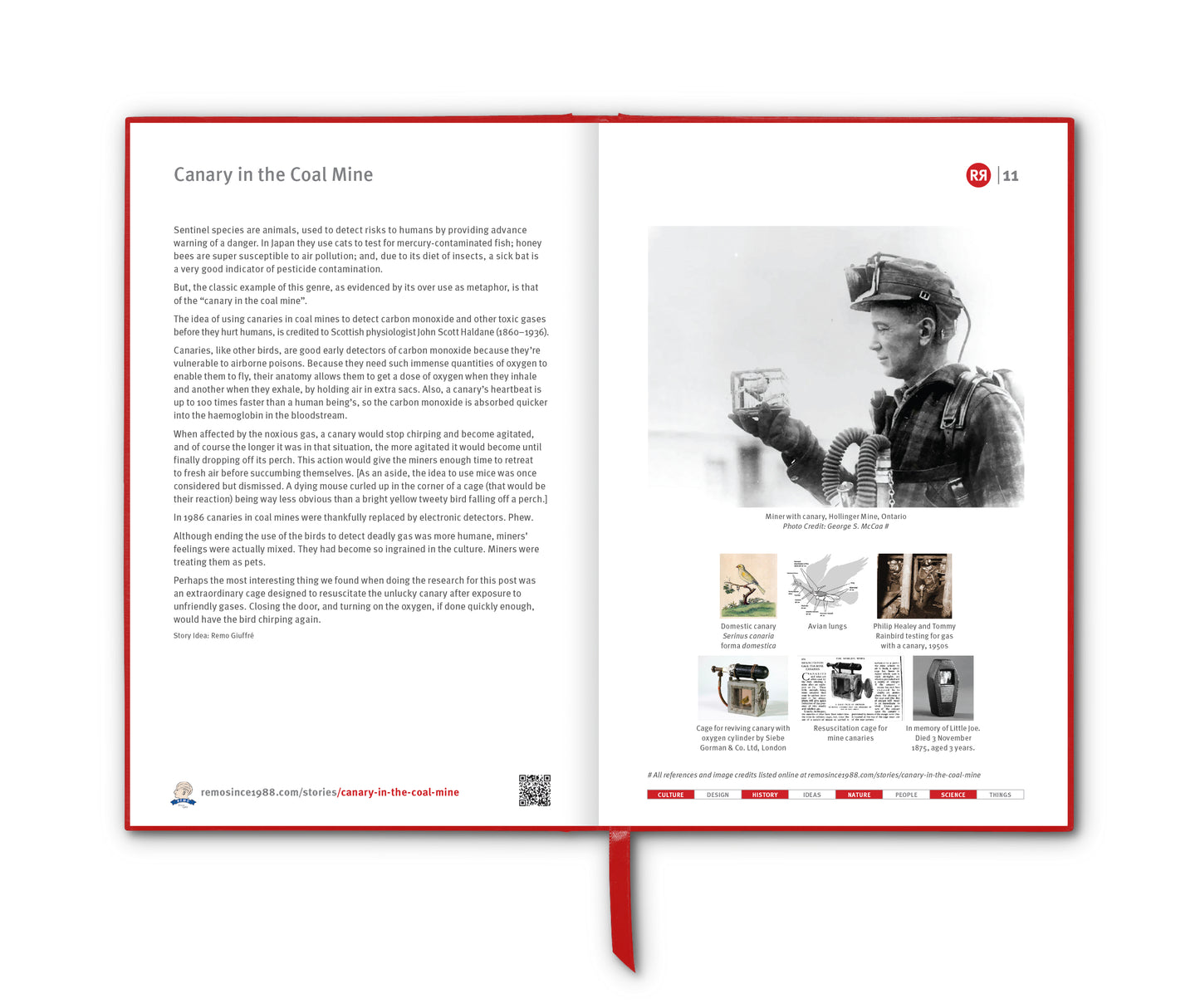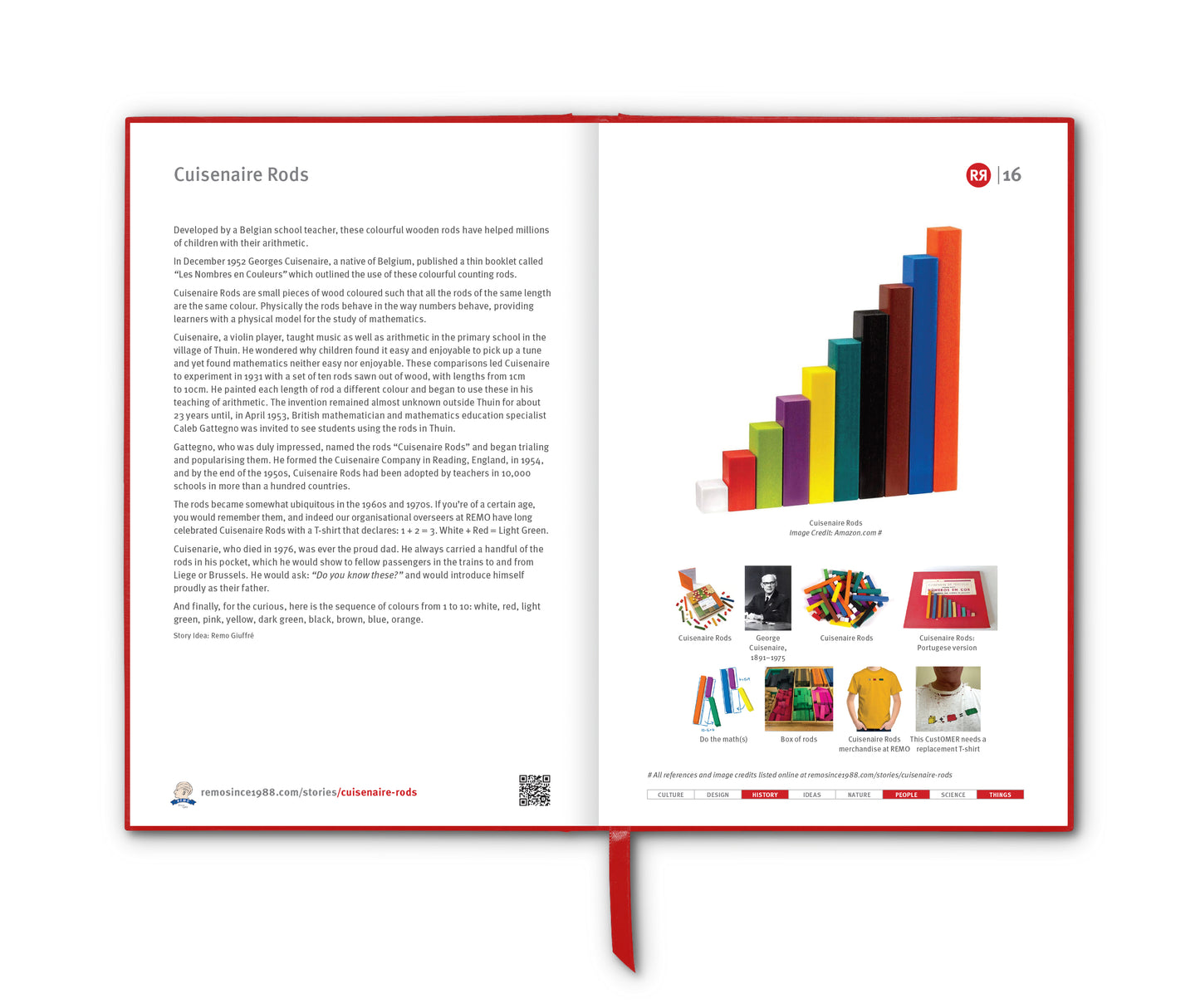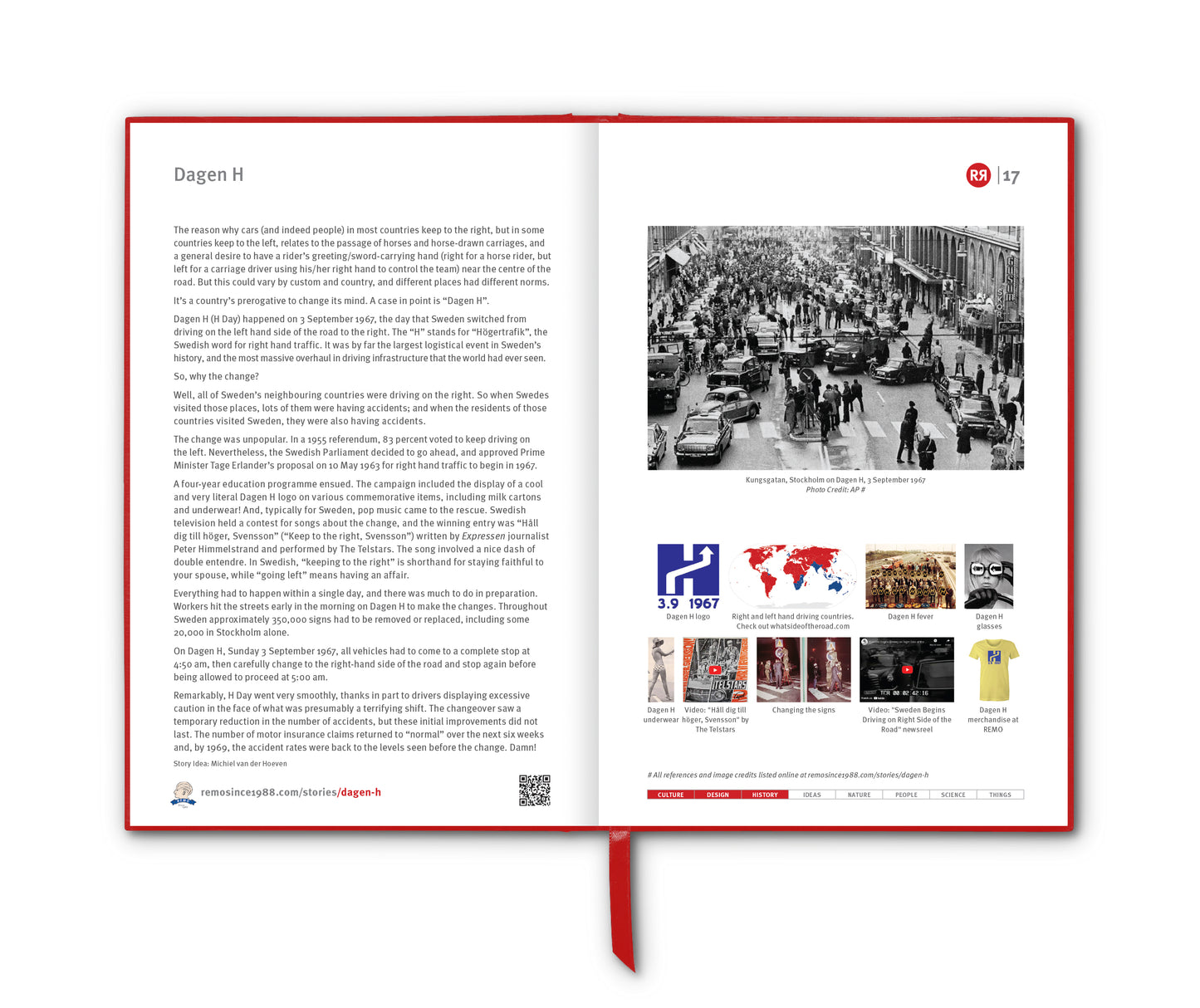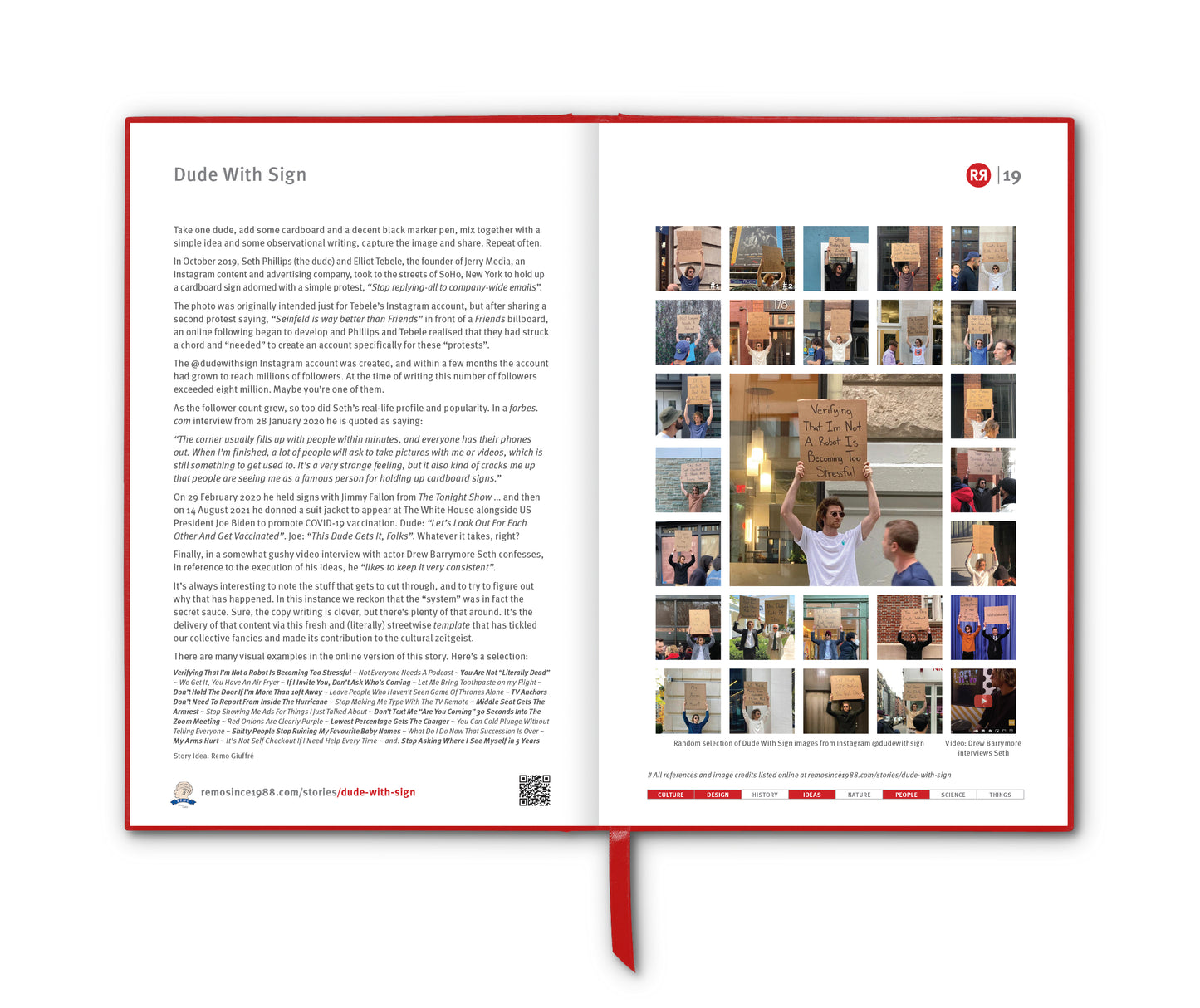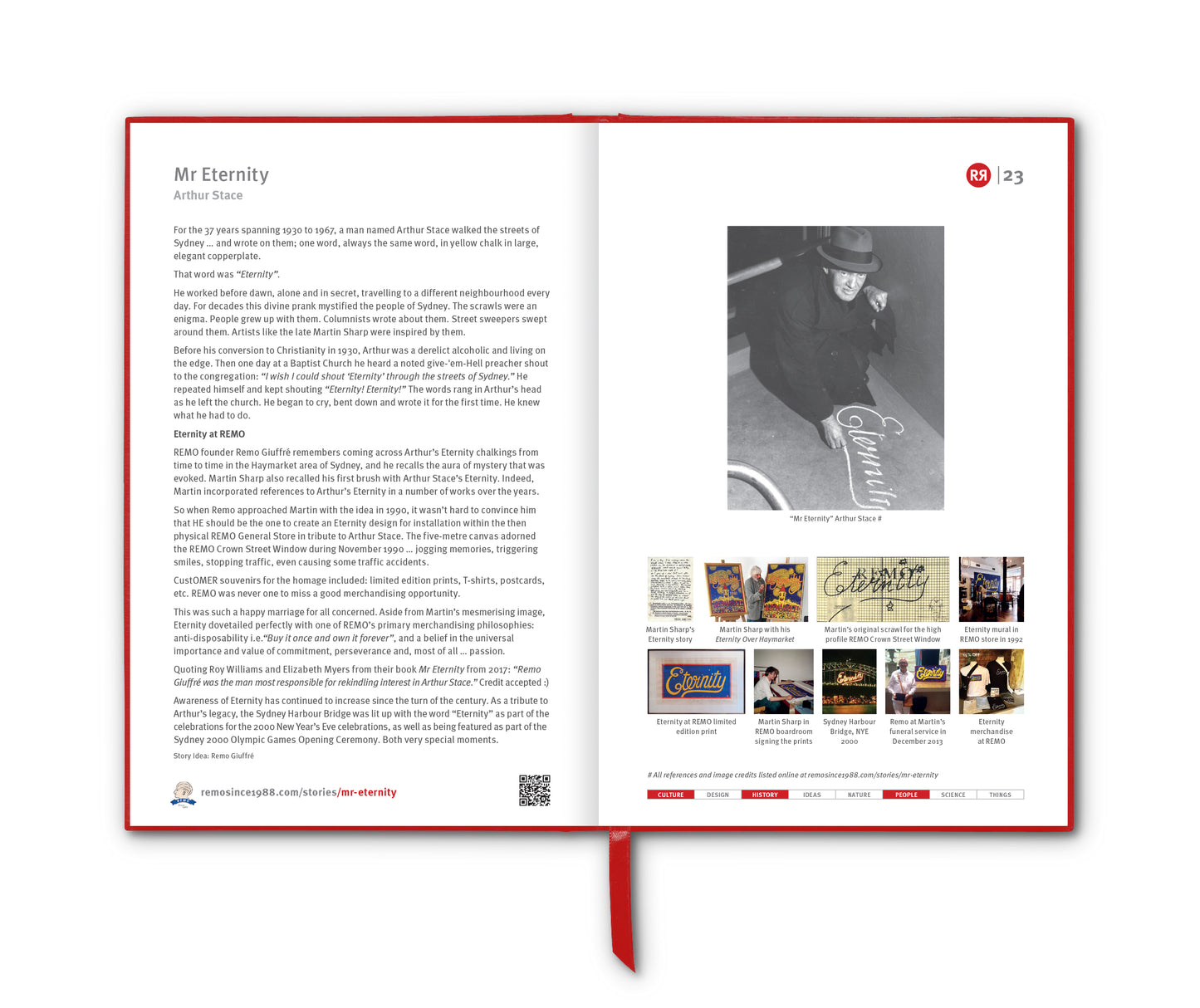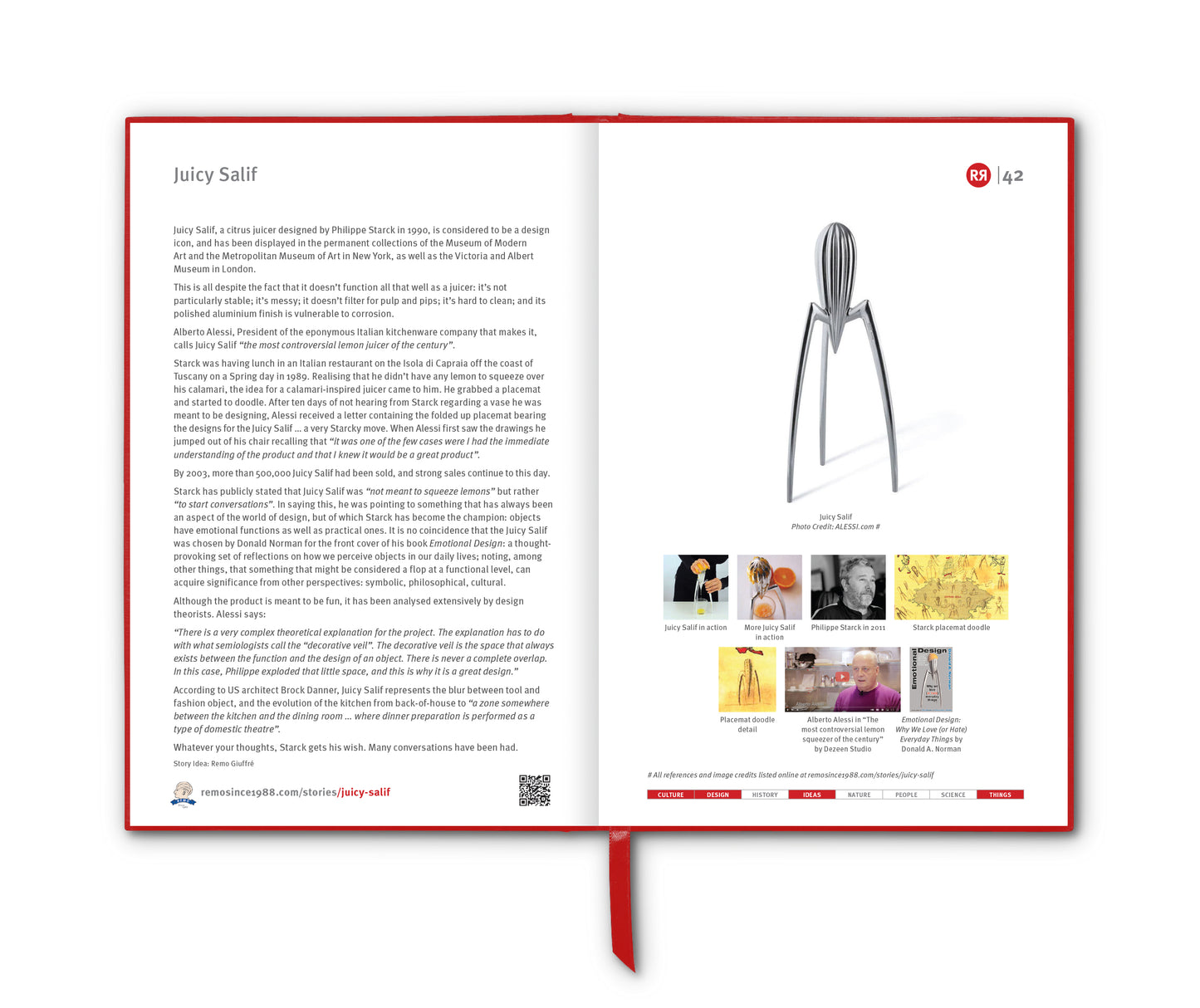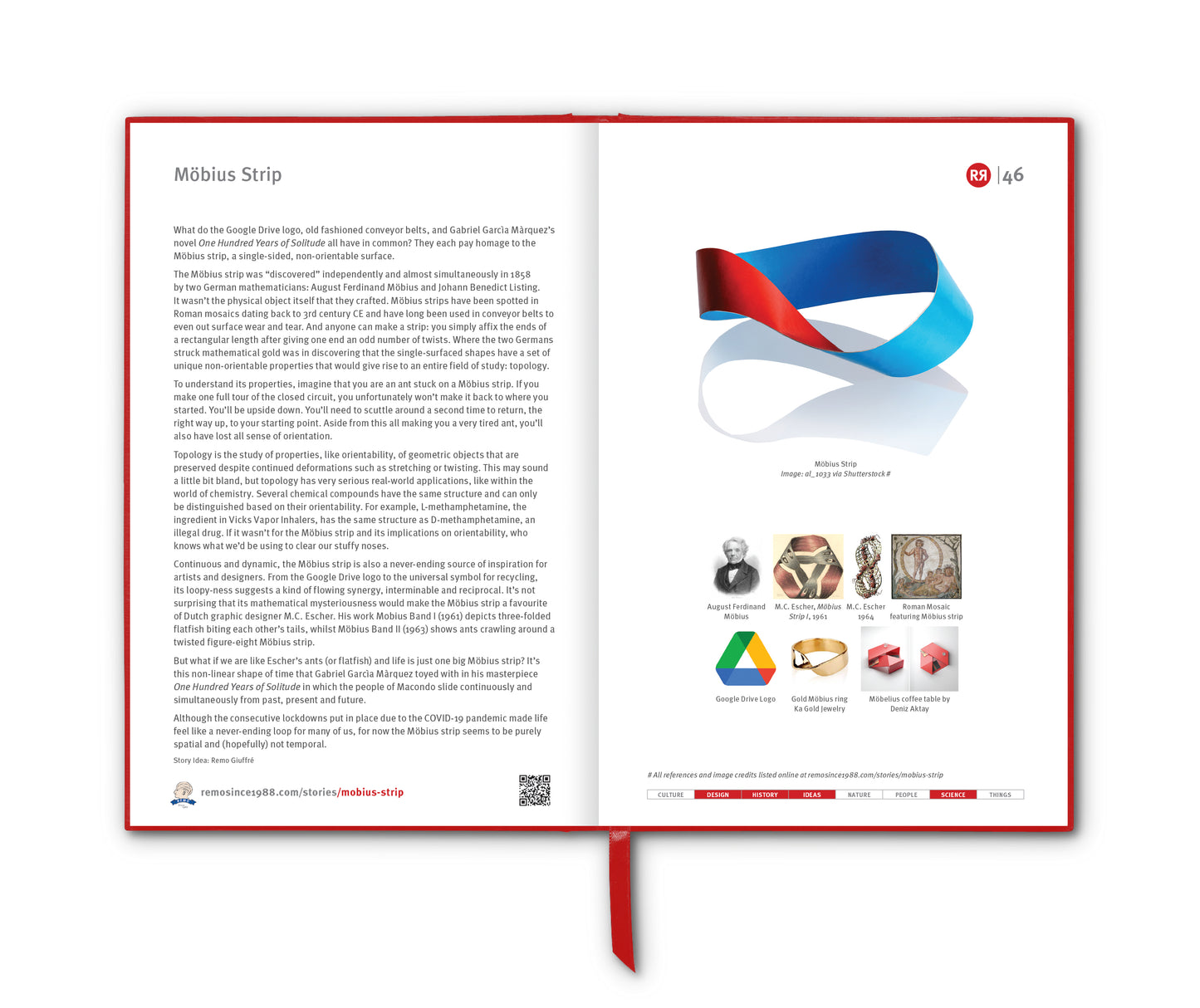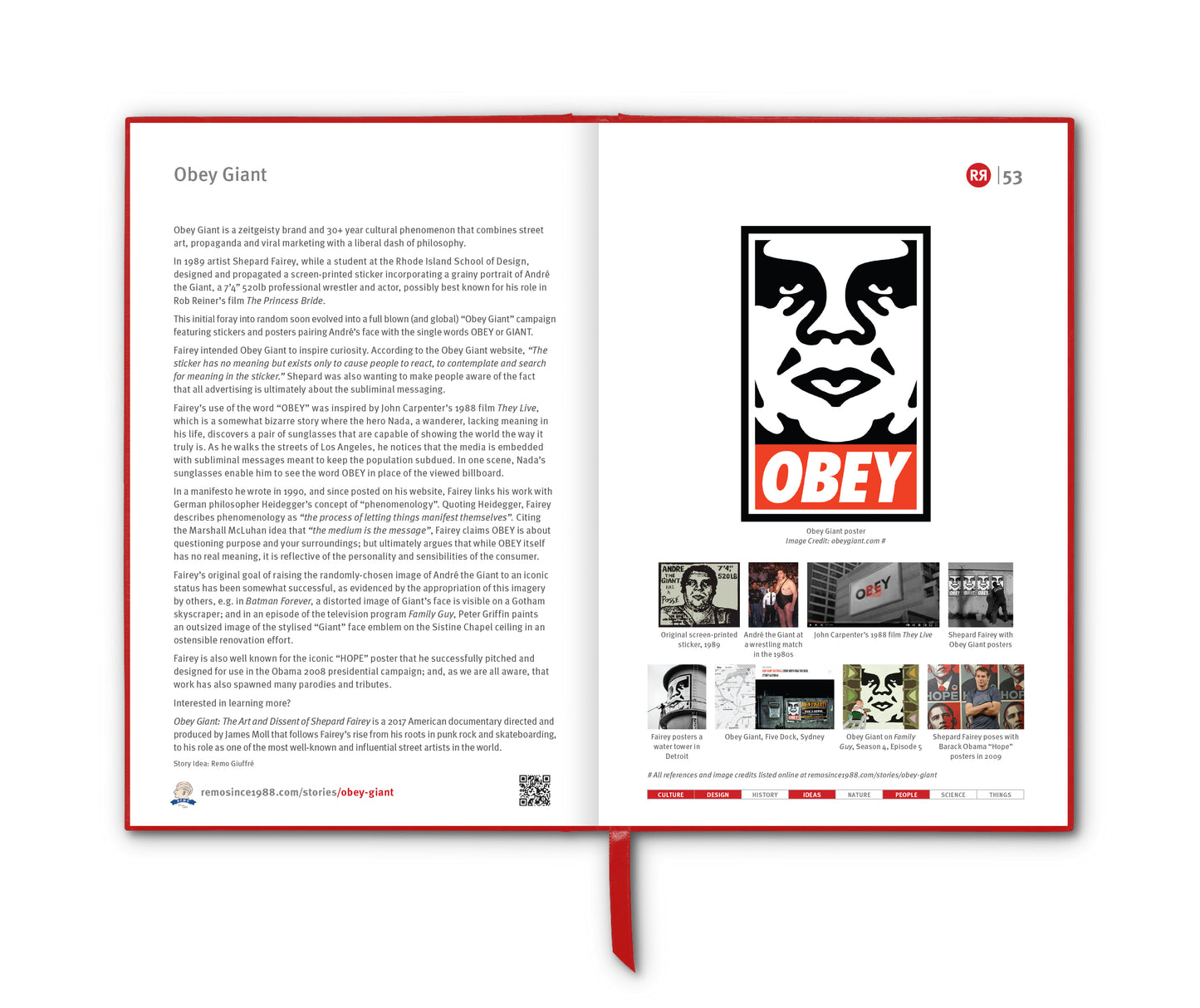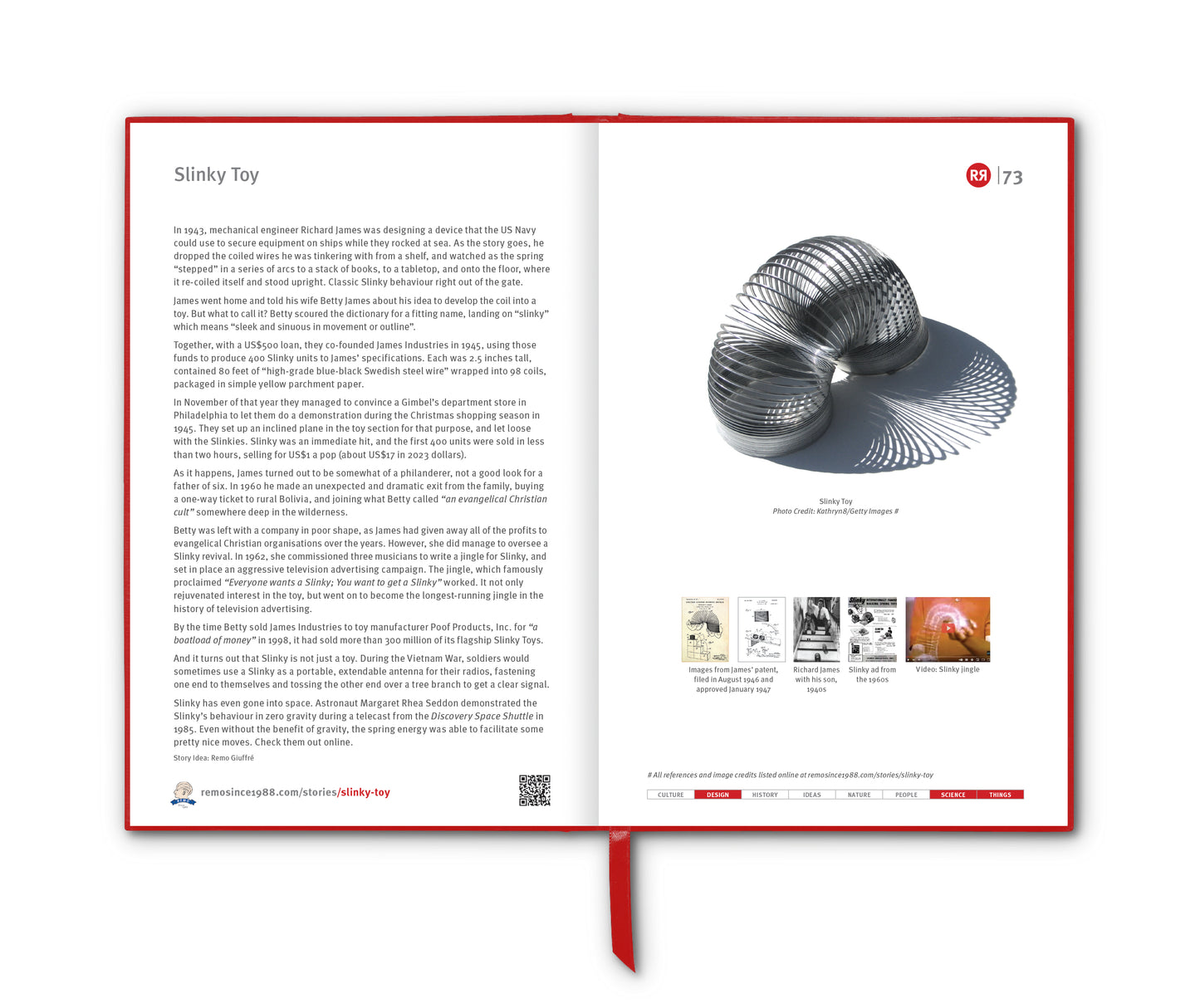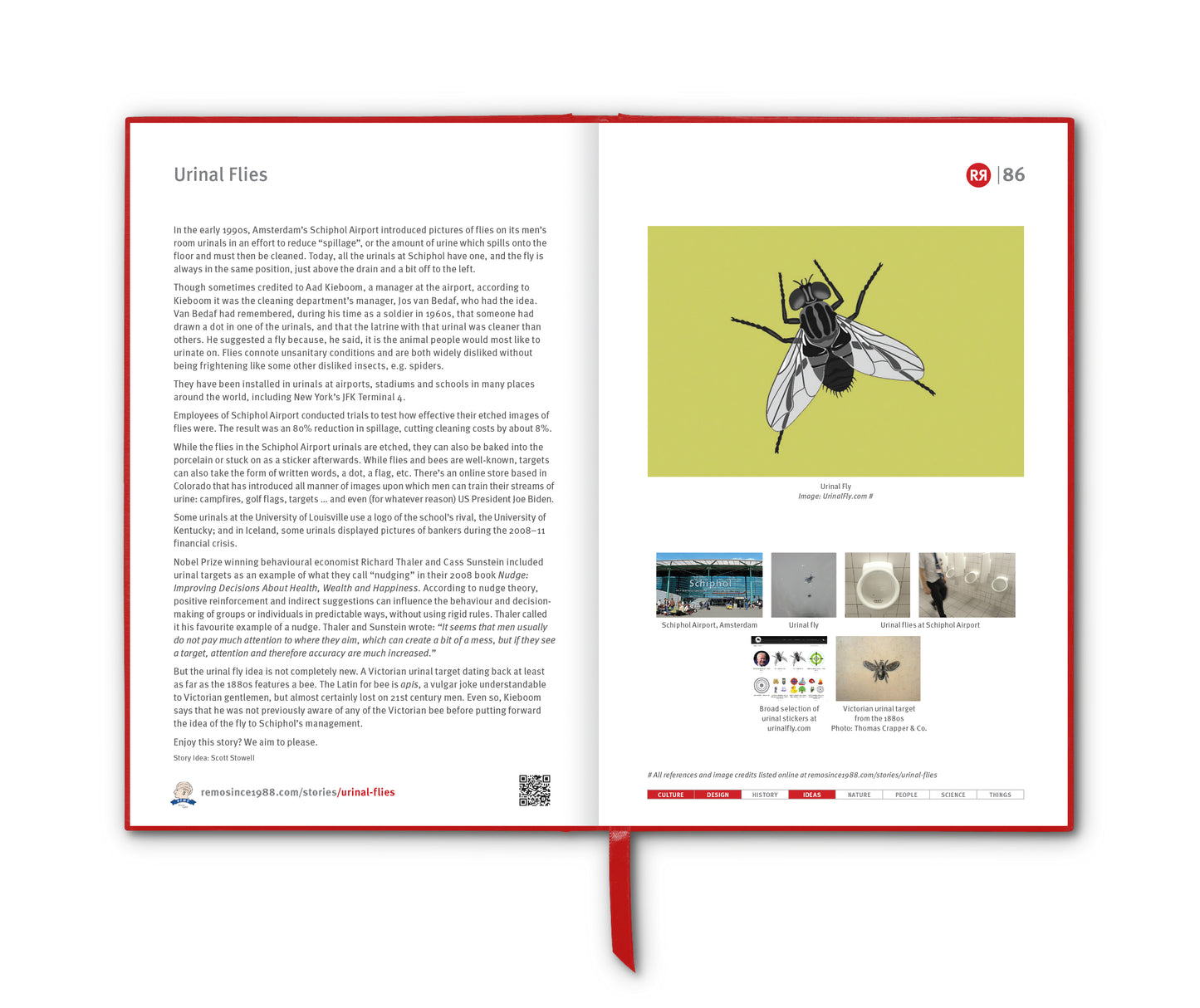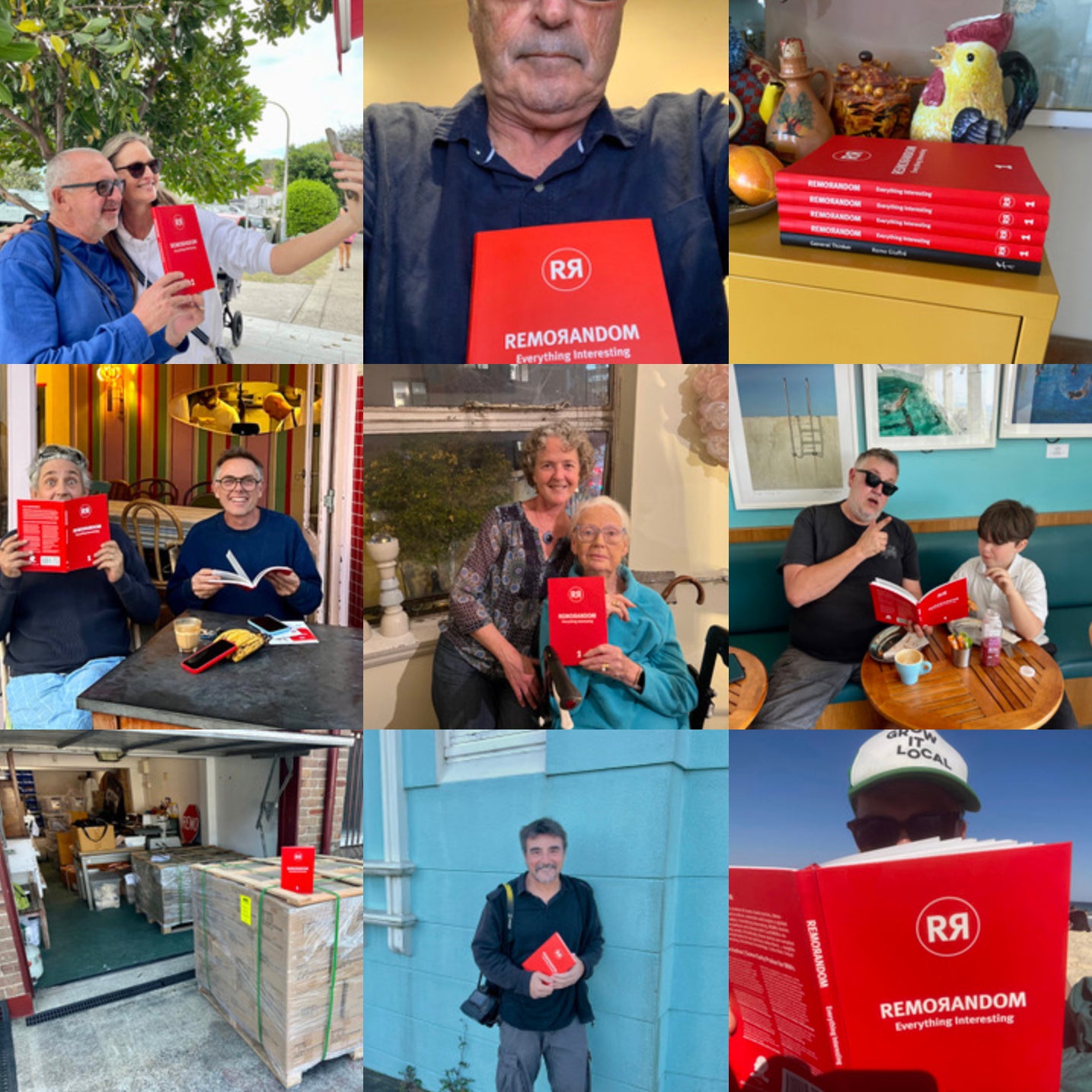Parkrun (stylised as “parkrun”) began life in 2004 when Paul Sinton-Hewitt organised a simple 5 kilometre run with 13 friends in Bushy Park, London. What started as a casual Saturday morning run has grown into a global phenomenon and social movement involving millions of people and delivering profound impact.
In 2004 Sinton-Hewitt was a running enthusiast recovering from injury (and divorce). His vision was to create a free, friendly and accessible running event for people of all abilities. The concept was simple but powerful: a weekly, timed 5K run (not a race) in a local park, free of charge, organised by volunteers. Word spread quickly, and by 2007, parkrun had expanded to multiple locations in the United Kingdom. The introduction of digital timing, barcodes, and an online results system helped streamline the experience and allowed participants to track their progress. A parkrun milestone T-shirt is offered to volunteers and runners who have participated in a number of runs.
By 2009, parkrun had spread beyond the UK, launching in Denmark. By 2011 events were popping up in Australia, South Africa, New Zealand and Poland. Today, parkrun operates in over 20 countries with more than 10 million registered participants.
A key factor in parkrun’s success has been its commitment to inclusivity. Unlike traditional races, there’s no pressure to compete – people can walk, jog or run at their own pace. Volunteers play a crucial role, fostering a welcoming and supportive environment. Many locations have also introduced “parkwalk”, encouraging non-runners to participate and further promoting accessibility.
More than just a running event – parkrun has become a social movement. The post-run coffee meetups are as important as the run itself, fostering friendships across demographics and reducing social isolation. It has improved public health, built communities and changed attitudes toward fitness.
The initiative has also influenced public health policies. Governments and health organisations recognise parkrun as a cost-effective way to promote exercise and combat issues like obesity, loneliness and inactivity. In the UK, parkrun partners with the National Health Service (NHS) through the “parkrun practice” initiative, where doctors recommend it to patients as a way to improve fitness and mental health.
Moreover, parkrun has become a platform for social causes. Many locations hold themed events, raising awareness for charities and encouraging participation from underrepresented groups. Initiatives like “parkrun for the homeless” and special events for people with disabilities demonstrate its broad social impact.
While parkrun is designed to be an inclusive, community-focused event rather than a competitive race, many elite and famous runners have participated over the years, as have the odd celebrity. [Ed: We're talking about you, chef Gordon Ramsey.]
Postscript
One interesting controversy relates to the display of performance data and other statistics on the parkrun website. In 2024 they were removed as the research was showing that the display was “off-putting” to potential participants. But then a petition was created on Change.org that called for the changes to be reversed, on the basis that they provide “motivation and inspiration” to the existing participants. Despite substantial backing of the petition, parkrun's leadership remained steadfast in their decision. In a meeting held in April 2024, founder Paul Sinton-Hewitt and other officials addressed the concerns raised by the petitioners. They emphasised that the removal of these statistics was aligned with parkrun's mission to foster inclusivity and reduce barriers for new participants.
Story Idea: Nigel Marsh. Listen to Nigel’s entertaining interview of Sinton-Hewitt for his Five of My Life podcast HERE.
________________________________
References
https://en.wikipedia.org/wiki/Parkrun
https://www.parkrun.com/
https://www.parkrun.com.au/
Images
1. parkrun banner. Credit: parkrun.com
2. Paul Sinton-Hewitt
3. The original Bushy Park parkrun, 2014
4. A unique parkrun ID is carried by the runner and scanned at the end of a run to record the completion time
5. Participants lining up to start at Parkrun Łódź in Poland, 6 July 2013. Credit: Faddah
6. Scheduled Australian parkruns in 2025. Credit: MapBox OpenStreetMap
7. Trophy awarded to Sinton-Hewitt: parkrun's "First Volunteer"
8. 100 milestone hoodie. Credit: parkrun.com
9. Nigel Marsh with family at Huskisson parkrun, 9 November 2024





























